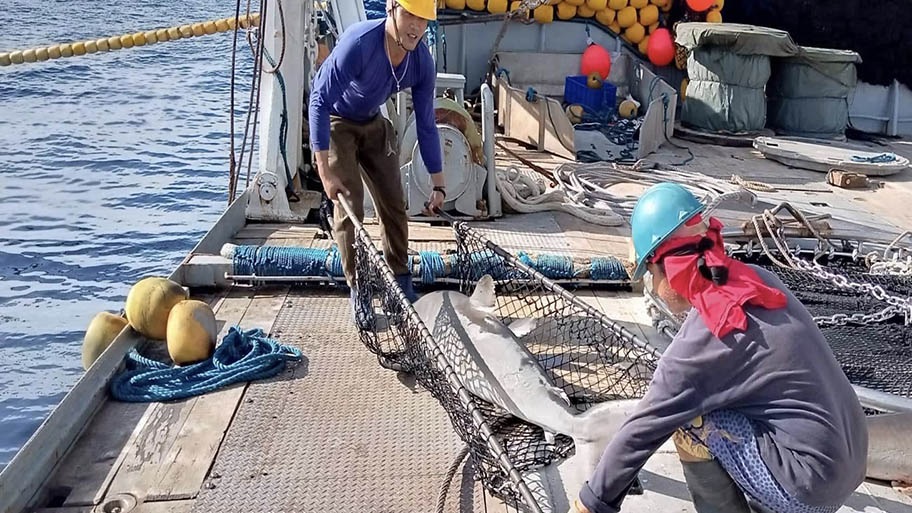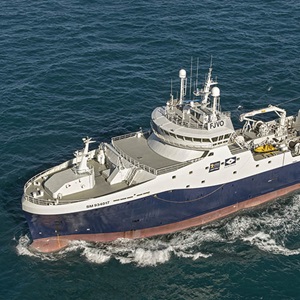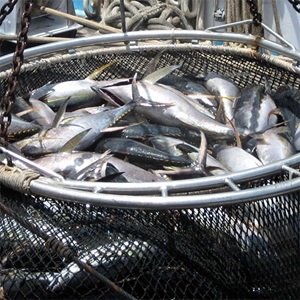A statistical model to predict if area-based management minimises silky shark interactions with the Papua New Guinea purse seine tuna fishery that will:
- Create an assessment model that predicts if the fishery operates in geographic or time-related silky shark hotspots
- Assess the potential effects on bycatch rates of other Endangered Threatened and Protected (ETP) species if fishing is relocated to different areas and times
- Provide a replicable approach for assessing the effects of area and time-based management strategies, that other purse seine tuna fisheries might also use to mitigate bycatch
Start date: 01 April 2023
US$ 60,793.74
(£50,916) awarded
Awardee
The Safina Center
Fishery
Papua New Guinea (PNG) Fishing Industry Association’s purse seine skipjack & yellowfin tuna fishery
Silky shark hotspots
Silky sharks have been classified as “Vulnerable” on the IUCN - Red List of Threatened Species, and their populations are in decline worldwide.
Sharks and tunas frequently associate and it has been noted that in the Western Central Pacific Ocean, where the PNG fishery operates, silky sharks make up the largest proportion of ETP purse seine bycatch.
To evaluate methods of reducing silky shark bycatch risk and close a condition of certification, the Papua New Guinea purse seine tuna fishery will work with MSC Science & Research Fund recipients the Safina Center.
Safina will develop a statistical model to evaluate the ABMT approach for mitigating bycatch. This will use compliance and observer data from the fishery to identify locations and times that fishing coincides most with the presence of silky sharks.
“This grant… will enable the fishery to apply the most effective methods [and] determine whether static Area-Based Management Tools (ABMTs) have the potential to mitigate threatened species bycatch, thus further improving environmental performance.”
FIA PNG Sustainability Director

Effects of relocating fishing grounds
The models developed to locate silky shark bycatch hotspots will account for many variables beyond location and time including; climate cycle and moon phases, oceanographic characteristics, and seafloor depth.
The model will also assess the effects of relocated fishing on the catch rates of other ETP species including rays, turtles, whale sharks and oceanic whitetip sharks.
A replicable approach
The statistical modelling approach employed in the study may be used to assess the efficacy of ABMT approaches to mitigate bycatch of ETP species interacting with other tuna purse seine fisheries in other regions.




